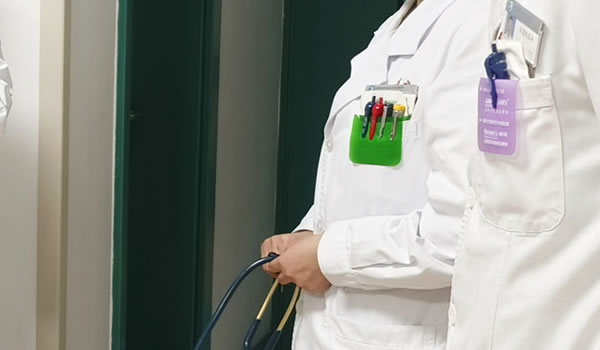As Asia grapples with rapidly aging populations, wearable health devices are emerging as a critical tool for monitoring chronic conditions, reducing hospital visits, and enabling independent living among seniors.

Introduction
Asia is home to some of the fastest-aging societies in the world, including Japan, South Korea, Singapore, and China. As healthcare systems face mounting pressure to care for older adults, wearable health technology has stepped in to bridge the gap between home and hospital.
Why Wearables Matter for Elderly Care
Wearable health devices such as smartwatches, ECG patches, glucose monitors, and sleep trackers help seniors monitor their vitals in real time. These tools can detect irregular heartbeats, track blood pressure trends, remind users to take medications, and even alert caregivers in case of a fall.
They allow older individuals to live independently while staying connected to their doctors and family members. For healthcare providers, wearables offer continuous data that can aid in early intervention and long-term care planning.
Country-Specific Innovations
In Japan, companies like Omron and Panasonic have introduced advanced blood pressure watches that automatically upload readings to cloud platforms. Singapore’s Ministry of Health has launched pilot programs that distribute wearables to senior citizens, enabling remote check-ins by nurses.
China’s health-tech startups are integrating wearable devices with AI-powered mobile apps that generate health insights based on movement, sleep, and oxygen levels. South Korea’s Samsung Health platform continues to innovate with smart rings and biometric sensors tailored for aging users.
Economic and Social Benefits
These devices reduce the need for frequent hospital visits, lowering healthcare costs and freeing up system capacity. Families gain peace of mind, knowing that emergencies will trigger instant notifications. On a societal level, wearables help shift elderly care from reactive to preventive models.
Limitations and Ethical Considerations
Despite their promise, wearables come with challenges. Not all seniors are tech-savvy, and device maintenance or connectivity issues can hinder effectiveness. Data privacy is another concern, as health metrics are constantly transmitted and stored. However, the long-term benefits outweigh these hurdles when proper training and protections are in place.
FAQ
Q1: Are wearable devices easy for elderly people to use?
A: Yes. Most wearables designed for seniors have simplified interfaces, voice prompts, and automatic syncing features.
Q2: What kind of data can wearables track?
A: Common metrics include heart rate, blood pressure, oxygen saturation, glucose levels, and sleep patterns.
Q3: Can these devices replace regular medical checkups?
A: No. Wearables are a supplement, not a substitute. They provide continuous data but don’t replace professional evaluation.
Q4: Are wearable health devices affordable?
A: Prices vary, but many governments and insurers are offering subsidies to promote adoption among older adults.
Q5: What happens if a senior falls or has a health emergency?
A: Many devices have built-in alert systems that notify caregivers or emergency services immediately.
User Comments
Mrs. Choi (Seoul): “My wearable alerted my son when I fainted in the garden. I was rushed to the hospital in time. It saved my life.”
Dr. Ahmad (Jakarta): “These devices are transforming elderly care. I can now monitor patients remotely and catch early warning signs.”
Lin Wei (Taipei): “My dad wears a heart monitor that sends updates to his doctor daily. It’s reassuring for our whole family.”
Ravi Kumar (Bangalore): “My mother’s fall detection watch prevented a major disaster last year. Everyone over 70 should have one.”
Dr. Naomi Tan (Singapore): “Government-led wearable programs are helping us shift from reactive care to proactive wellness.”
Editor's Note
Wearable health devices are more than gadgets—they’re lifelines for Asia’s growing elderly population. By enabling safer, healthier, and more independent aging, these technologies are becoming essential tools in modern healthcare.
Tags
Wearable Health Devices
Elderly Care
Remote Monitoring
Smart Technology
Health Sensors
Chronic Disease Management
Fall Detection
Senior Wellness
Digital Healthcare
Asia Health Innovation